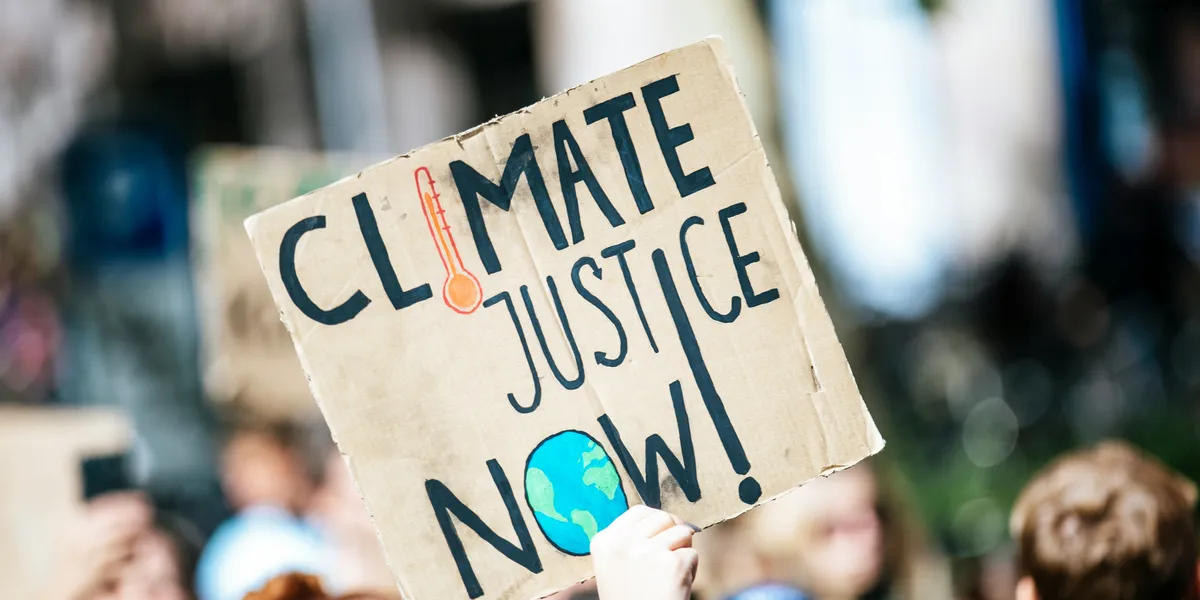Green Funding Axed: Trump Team Slashes $2.4B in Environmental Justice Programs

EPA Slashes Community Grants Despite Court Order, Impacting Vulnerable Populations
In a controversial move that continues to raise eyebrows, the U.S. Environmental Protection Agency (EPA) under the Trump administration is dramatically reducing critical funding for disadvantaged communities, even in the face of a legal mandate to restore grant support.
Investigative journalists Marianne Lavelle and Peter Aldhous from Inside Climate News have uncovered that the agency is cutting more than $2.4 billion in grants that traditionally support some of the most environmentally and economically vulnerable regions across the United States.
Despite a clear court order requiring the EPA to resume funding these essential community programs, the agency appears determined to proceed with significant budget reductions. This decision threatens to undermine environmental justice efforts and potentially leave marginalized communities without crucial resources for addressing environmental challenges.
The move highlights ongoing tensions between environmental protection mandates and administrative policy, raising serious questions about the agency's commitment to supporting disadvantaged populations during a time of increasing environmental and economic uncertainty.
